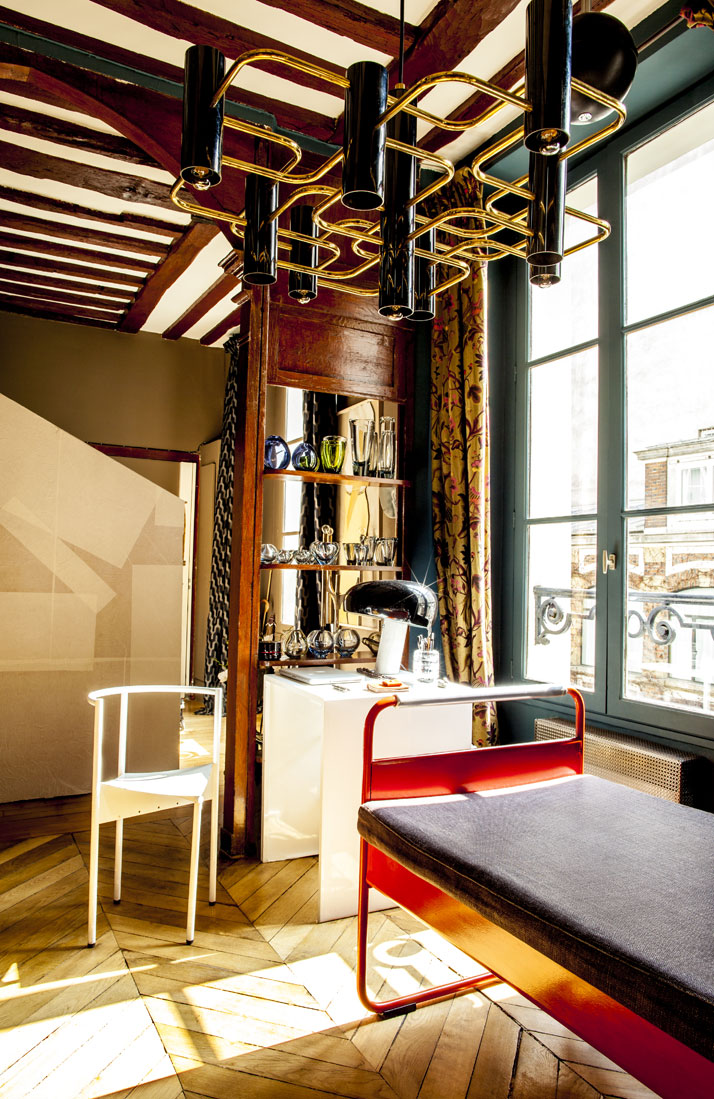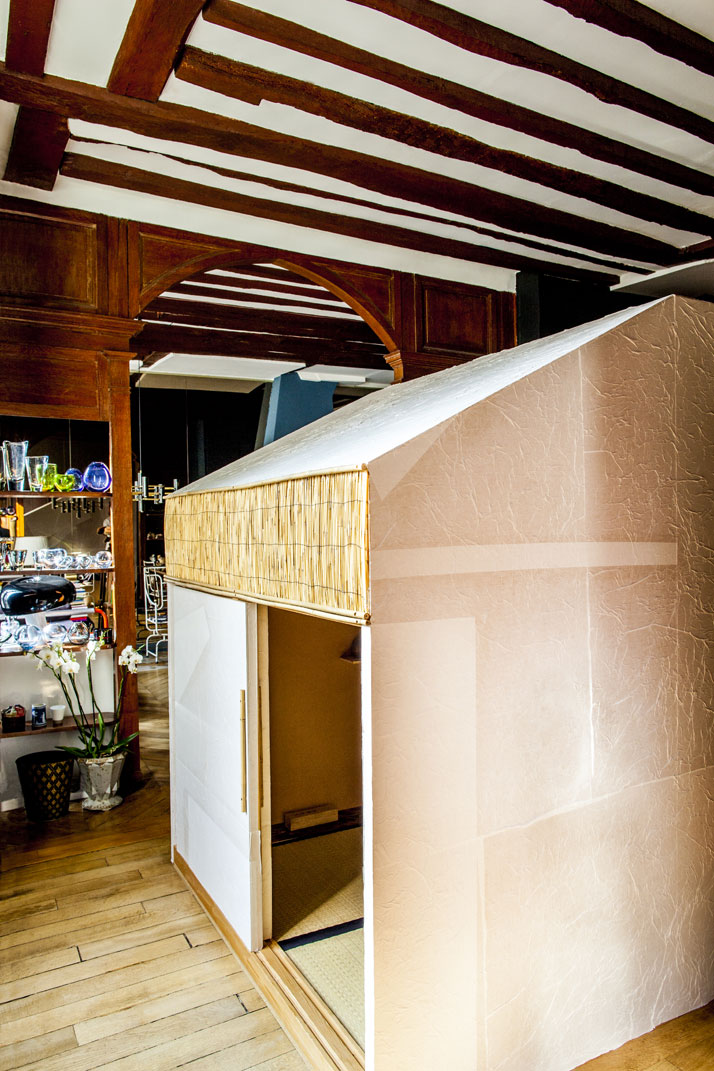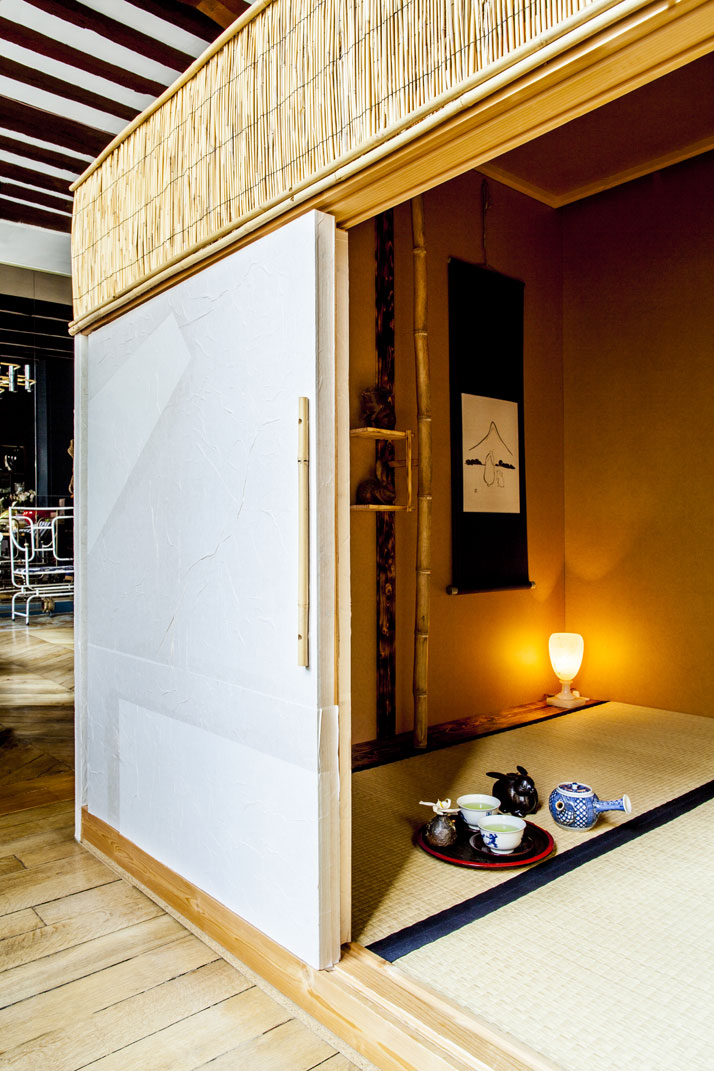Project Name
Shinsuke Kawahara’s ApartmentPosted in
Residential, Design, Interior Design| Detailed Information | |||||
|---|---|---|---|---|---|
| Project Name | Shinsuke Kawahara’s Apartment | Posted in | Residential, Design, Interior Design | ||
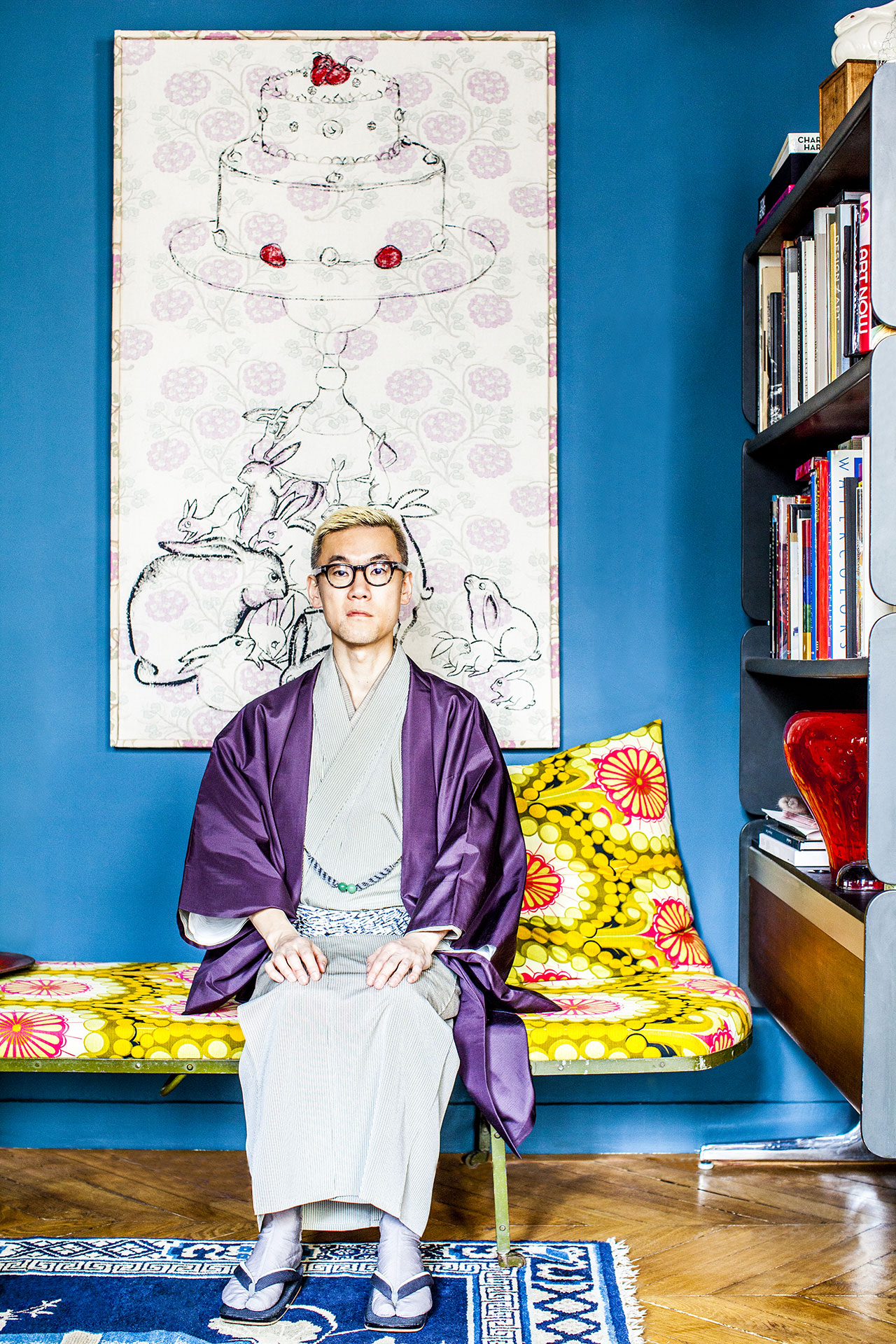
Shinsuke Kawahara, photo © Matthieu Salvaing
Using his Fine Arts degree as a springboard to launch himself into the fashion industry, he initially started out as an illustrator for a number of high-end glossies (including Madame Figaro, Marie-Claire France, Vogue and Elle Japan) before branching out into product design, interior decoration and even the restaurant business. Although impossible to pin down and multi-faceted to the umpteenth degree, there’s one thing that’s always been a constant in his long and winding career path: rabbits!
Yup, you heard me; his strong connection to nature has always manifested itself in a river of bunny love flowing through the majority of his creations, including the petit silver paperweight he lovingly created for Christofle, the animated film commissioned byFabergé, the bowling bag he designed for La Redoute and the rabbit spoon he made for the Sentou Gallery. The only time he ever favored another animal was when he was asked to come up with a sneaker for Le Coq Sportif and used a rooster instead! ''The rabbit can be found anywhere, anytime, throughout history… in an 8th Century Japanese painting of a temple or a 17th Century French tapestry, it transcends place and time, that’s why I like it!'' explainsShinsuke Kawahara.
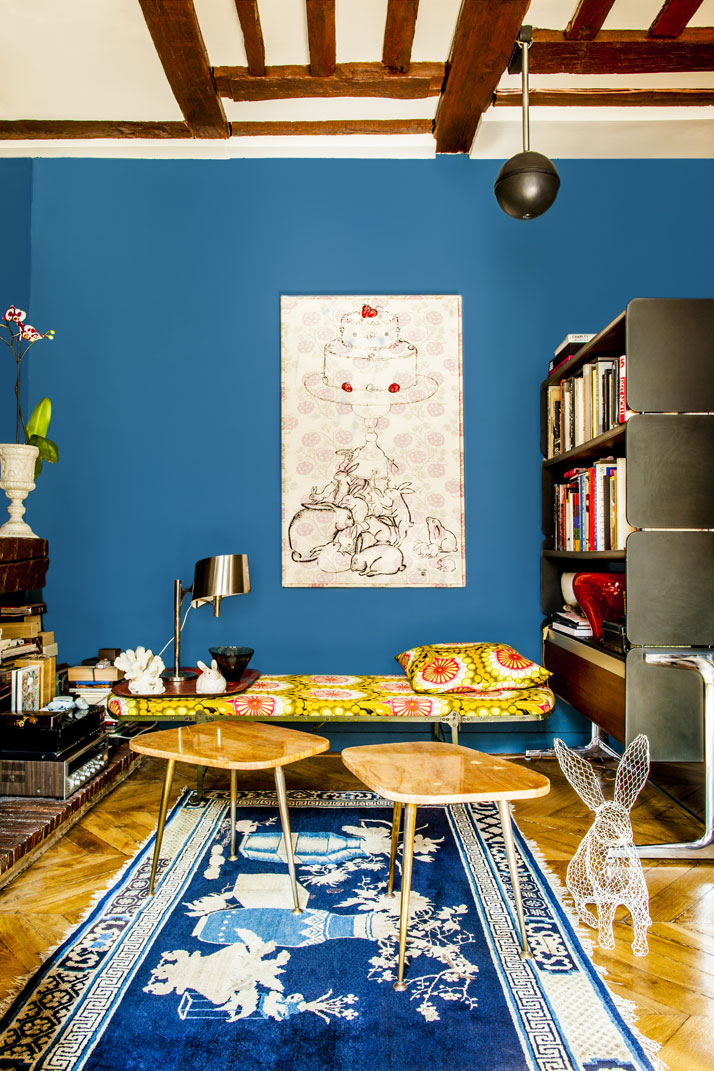
photo © Matthieu Salvaing
His fascination with said furball dates back to his childhood, when his grandmother used to tell him a Japanese tale about a rabbit that lived on the moon. For the time being though, his beloved rabbits have settled into his Parisian apartment, taking over every single corner of his not-so-humble abode. ''My favorites are a 1915 wood-carving, a 19th Century lawn ornament and the Christofle rabbit I designed myself.''
This convergence of different eras and styles sets the tone for the rest of the apartment, an eclectic mix of old and new. The minute he walked in, Kawahara knew he wanted to leave the 17th Century arch and the hardwood floors untouched, but felt the need to ground the strong wooden elements with an assortment of grayish-blue walls.

photo © Matthieu Salvaing
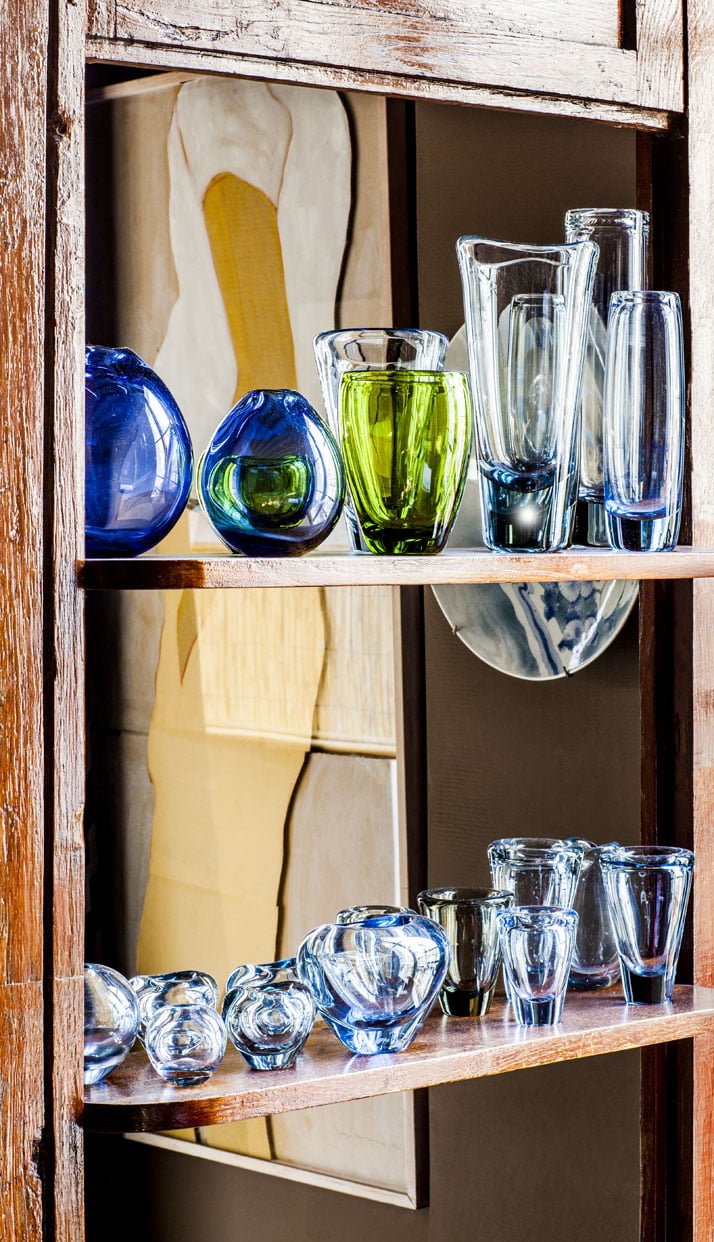
photo © Matthieu Salvaing
Banishing the austerity that a lot of people associate with Japanese interiors, the designer imbued his light-filled home with an element of joie de vivre than can only be found in clashing patterns and rich textures. Vintage treasure hunting was part of the game:
''I don’t sleep a lot but I always find time for antique markets, especially when I travel. I really appreciate one-of-a-kind craftsmanship because it only gets better with time. I don’t deny there’s pleasure in fast fashion, but I’d rather take the time to find something truly special than just settle for something suitable in a hurry. That’s exactly why I like vintage.''
When Kawahara does put his head down for a quick nap, he alternates between a futon in his chashitsu (茶室, literally 'tea rooms') or his red Jean Prouvé bed that also doubles as a sofa. Who needs a bedroom when you can have a tearoom in the middle of a French 17th Century apartment? ''I’m very childish that way; I always need a toy to play with. When I first saw this place I thought it would be interesting to build a room within a room, adding a new dimension to the space.''
The only thing that’s missing from this whimsical domestic fantasy is a proper kitchen! A discerning gourmet and equally fine chef, he designed both the menu and the interiors of his first Parisian restaurant, Usagi (Japanese for rabbit, of course!), later adding a smaller counterpart, Petit Usagi, in the Citizen Hotel. Which is kind of ironic, considering he doesn’t have enough counter space to cook a proper meal for himself! ''Ah, my kitchen is extremely small,'' he laughs. ''If you’ve got a fabulous kitchen, cooking is much easier, but preparing something delicious in a very confined space is where you really get to show your strength. Having said that, I’ll make sure my next apartment has a bigger one!”
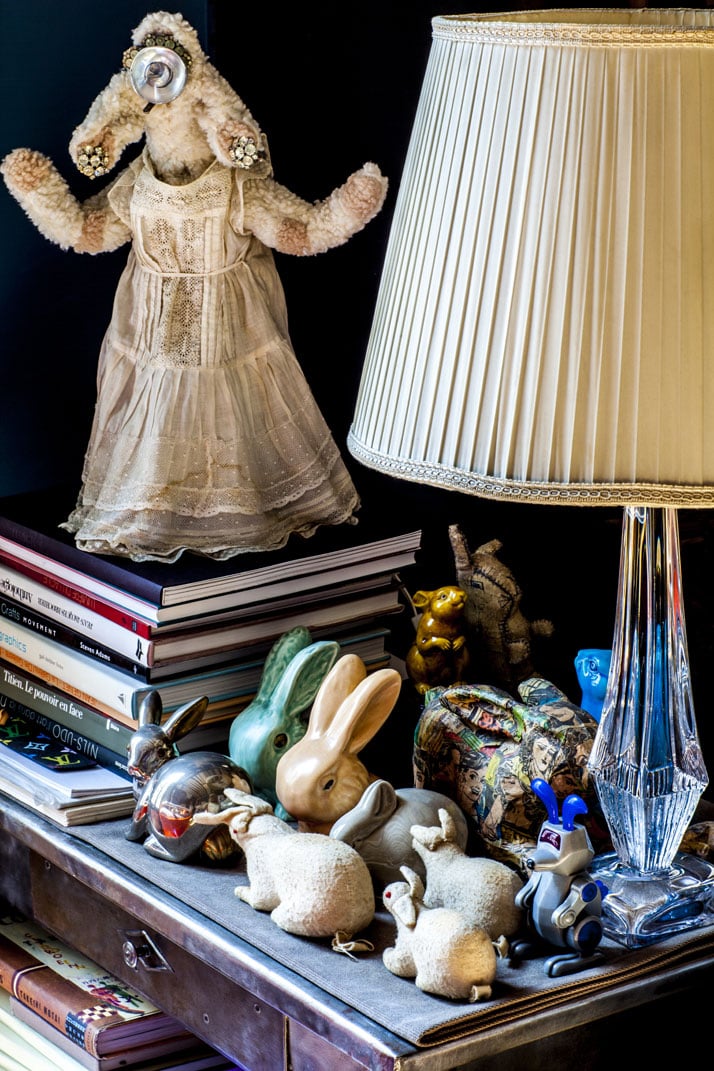
photo © Matthieu Salvaing
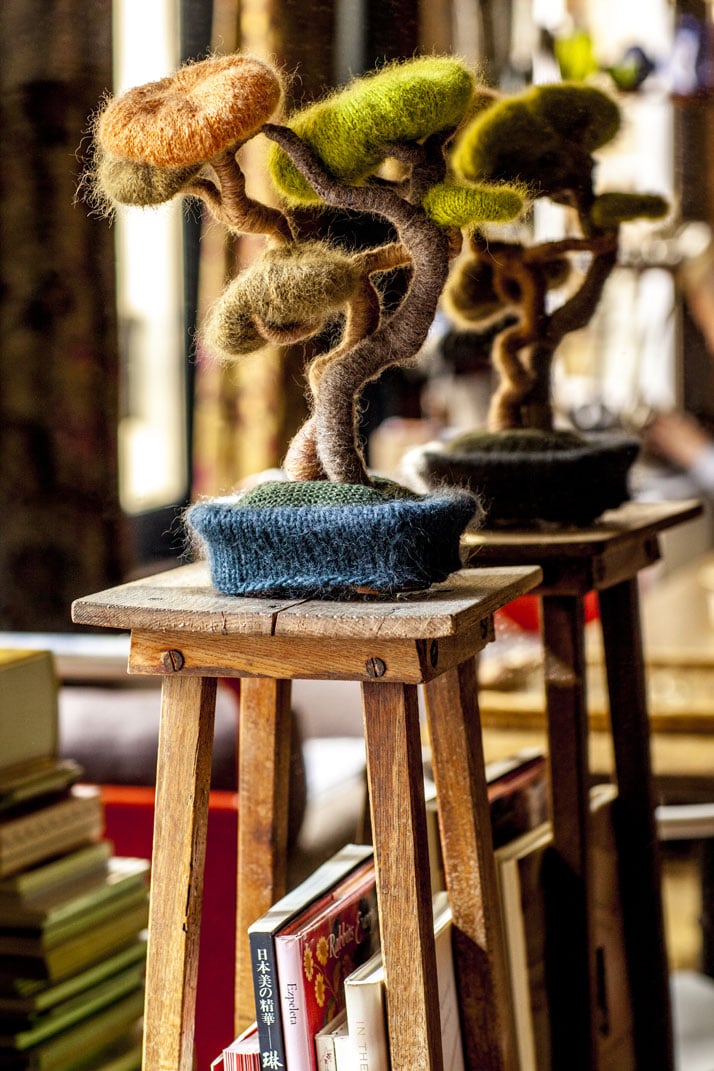
photo © Matthieu Salvaing
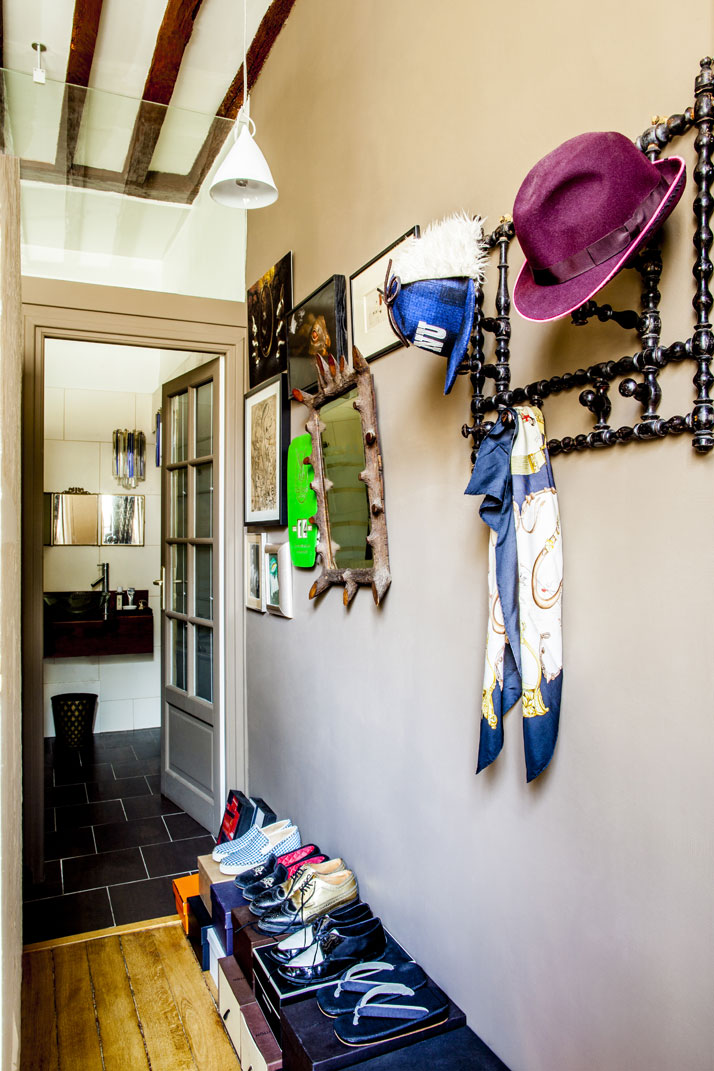
photo © Matthieu Salvaing

photo © Matthieu Salvaing








